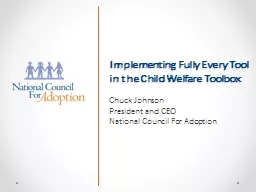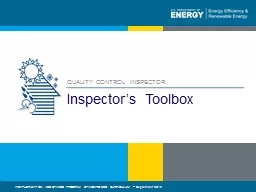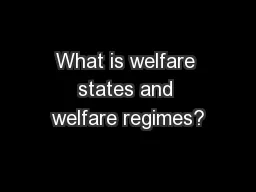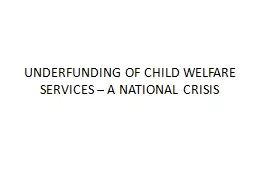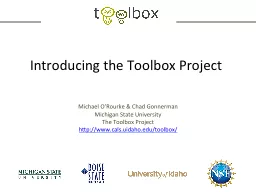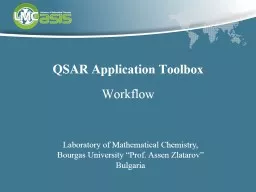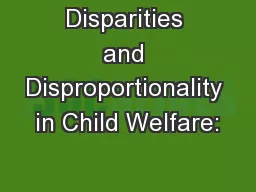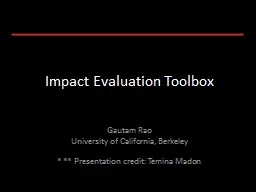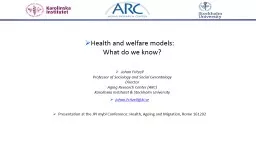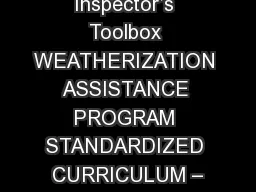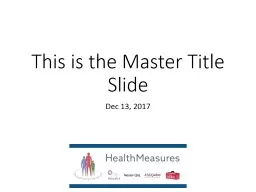PPT-Implementing Fully Every Tool in the Child Welfare Toolbox
Author : lois-ondreau | Published Date : 2016-08-15
Chuck Johnson President and CEO National Council For Adoption Thank You About NCFA Mission Passionately committed to the belief that every child deserves to thrive
Presentation Embed Code
Download Presentation
Download Presentation The PPT/PDF document "Implementing Fully Every Tool in the Chi..." is the property of its rightful owner. Permission is granted to download and print the materials on this website for personal, non-commercial use only, and to display it on your personal computer provided you do not modify the materials and that you retain all copyright notices contained in the materials. By downloading content from our website, you accept the terms of this agreement.
Implementing Fully Every Tool in the Child Welfare Toolbox: Transcript
Download Rules Of Document
"Implementing Fully Every Tool in the Child Welfare Toolbox"The content belongs to its owner. You may download and print it for personal use, without modification, and keep all copyright notices. By downloading, you agree to these terms.
Related Documents

